Red River Hog
- January 24, 2024
- 0 comment
The Red River Hog, scientifically known as Potamochoerus porcus, is a captivating and distinct species of wild pig native to the lush rainforests and sprawling savannas of West and Central Africa. What makes these hogs truly remarkable is their striking appearance – their reddish-brown fur adorned with contrasting white stripes, tufted ears, and curved tusks make them stand out in their natural habitat.
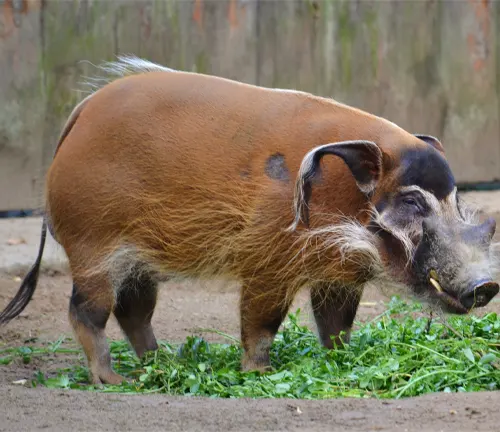
These medium-sized creatures are not only visually captivating but also display intriguing behaviors. They are known to be social animals, often living in groups called sounders, where a dominant male leads the way. Red River Hogs are diurnal beings, most active during the daytime, and they have an omnivorous diet that includes fruits, roots, leaves, insects, and even small animals. Despite their unique charm, these hogs face threats such as habitat loss and hunting, emphasizing the importance of conservation efforts to ensure their continued presence in the wild.
| Specification | Information |
|---|---|
| Scientific Name | Potamochoerus porcus |
| Common Name | Red River Hog |
| Habitat | African rainforests and savannas |
| Geographic Range | West and Central Africa |
| Size | Medium-sized |
| Fur Color | Reddish-brown with white stripes |
| Ear Characteristics | Tufted, long ears |
| Tusk Characteristics | Curved tusks |
| Social Behavior | Lives in groups called sounders |
| Activity Pattern | Diurnal (active during the day) |
| Diet | Omnivorous (fruits, roots, insects) |
| Conservation Status | Not currently endangered, but declining |
| Lifespan | 10-15 years in the wild |
| Unique Features | Prominent appearance, social nature, vital to seed dispersal in the ecosystem |
Discovering the Fascinating World of African Wild Pigs
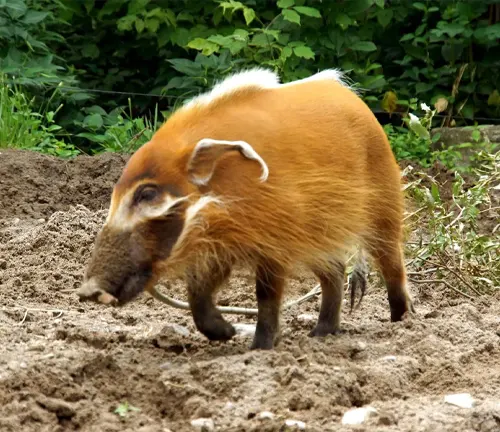
In the heart of the African rainforests and savannas, there exists a remarkable creature with a striking appearance and intriguing behaviors – the Red River Hog (Potamochoerus porcus). In this comprehensive article, we will delve into the world of these captivating wild pigs, exploring their unique features, habitat, behavior, and the critical conservation efforts aimed at ensuring their survival.
Distinctive Appearance
Reddish-Brown Fur and White Stripes
The Red River Hog is instantly recognizable by its reddish-brown fur, adorned with contrasting white stripes. This distinctive coat pattern sets them apart from other members of the pig family.

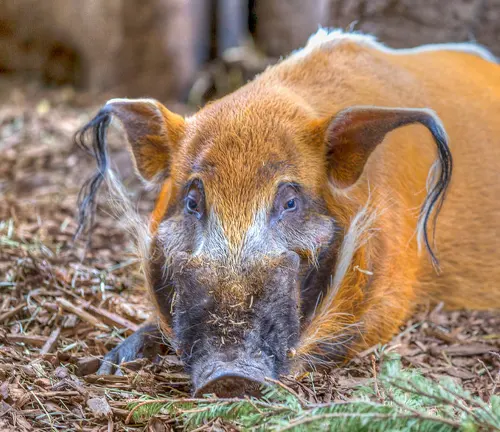
Tufted Ears and Curved Tusks
These medium-sized creatures are further characterized by their long, tufted ears and curved tusks. These features not only add to their charm but also serve important purposes in their daily lives.
Habitat and Range
African Rainforests and Savannas
Red River Hogs are native to the lush rainforests and expansive savannas of West and Central Africa. Their preferred habitats are characterized by dense vegetation, providing ample cover and sustenance.
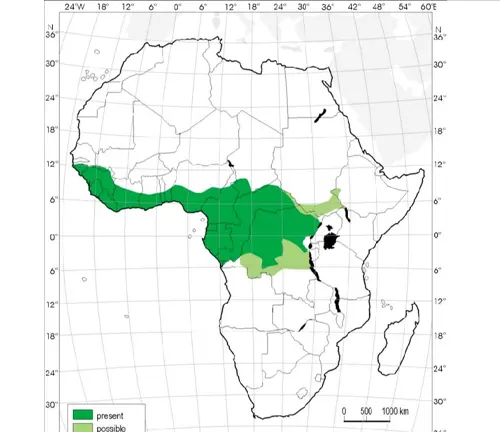
Social Structure
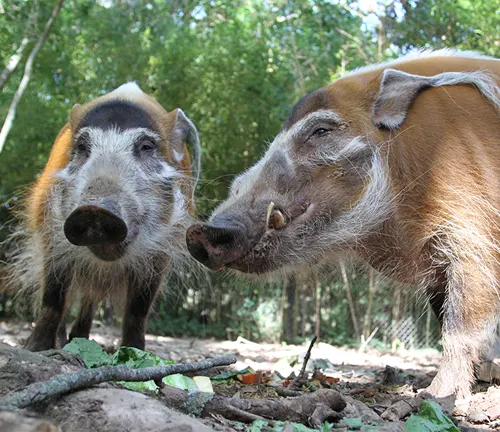
Living in Sounders
Red River Hogs are social animals, often residing in groups known as sounders. These sounders are typically led by a dominant male, and they work together to navigate the challenges of their environment.
Behavior and Diet
Diurnal Activity
Unlike their nocturnal counterparts, Red River Hogs are diurnal creatures, meaning they are most active during the daytime. This behavior allows them to exploit food sources and navigate their surroundings more effectively.

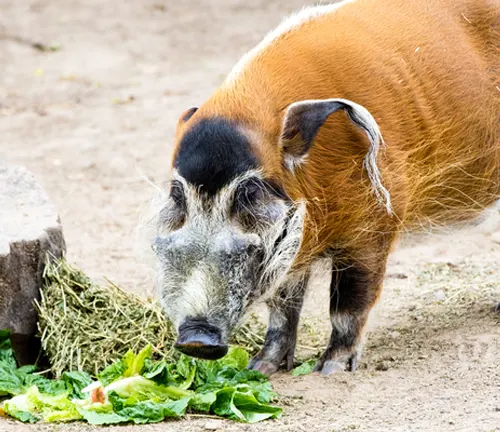
Omnivorous Diet
Their omnivorous nature makes Red River Hogs adaptable feeders. Their diet includes a wide variety of foods, such as fruits, roots, leaves, insects, and even small animals. This diverse diet plays a crucial role in their ecosystem.
Conservation Efforts
Threats to Survival
The Red River Hog faces significant threats to its survival, primarily due to habitat loss and hunting. As human activities encroach upon their habitats, these hogs find themselves at risk.
Conservation Initiatives
Efforts are underway to protect the natural habitats of Red River Hogs. Conservation organizations are working tirelessly to regulate hunting and create safe havens where these unique creatures can thrive.
Different Species
Potamochoerus porcus porcus
This is the nominate subspecies, often simply referred to as the Red River Hog. It is found in a wide range of West African countries.
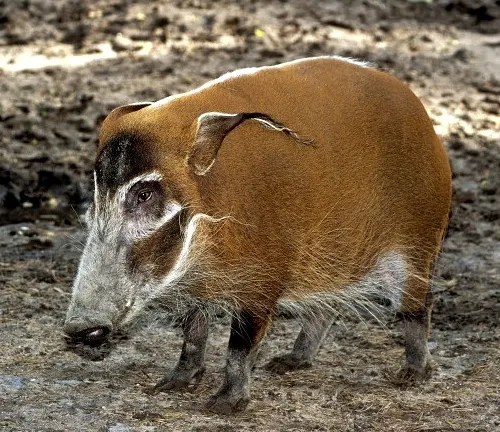

Potamochoerus porcus pictus
This subspecies is known as the West African Forest Hog or the Central African Red River Hog. It inhabits the rainforests of Central and West Africa.
Potamochoerus larvatus
The Bushpig, also known as Potamochoerus larvatus, is closely related to Red River Hogs but is a separate species. It is found in a range of sub-Saharan African countries.
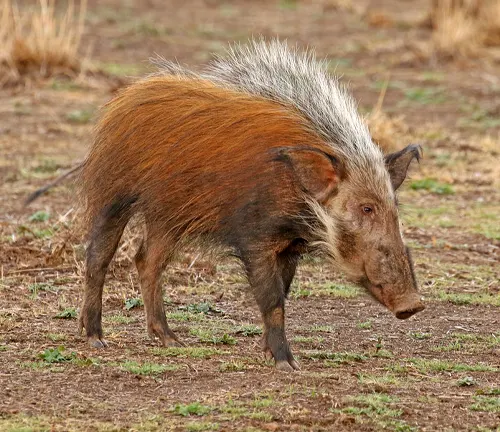
Frequently Asked Question (FAQs)
- What is a Red River Hog?
A Red River Hog (Potamochoerus porcus) is a species of wild pig native to the rainforests and savannas of West and Central Africa. - Why are they called “Red River Hogs”?
They are named for their reddish-brown fur and are often found near rivers in their habitat. - What makes Red River Hogs distinctive in appearance?
Red River Hogs have reddish-brown fur with white stripes and tufted ears, giving them a unique and attractive appearance. - Where do Red River Hogs live?
They inhabit the African rainforests and savannas of West and Central Africa. - Are Red River Hogs social animals?
Yes, they are social creatures that often live in groups called sounders, led by a dominant male. - What is their active behavior pattern?
Red River Hogs are diurnal, meaning they are most active during the daytime. - What do Red River Hogs eat?
They have an omnivorous diet, which includes fruits, roots, leaves, insects, and small animals. - Why are Red River Hogs important to their ecosystem?
They play a crucial role in seed dispersal by consuming fruits, contributing to the health of their habitat. - Are Red River Hogs endangered?
While they are not currently classified as endangered, their populations are declining due to habitat loss and hunting. - What is the average lifespan of a Red River Hog?
In the wild, they typically live up to 10-15 years. - How can I support Red River Hog conservation efforts?
You can support organizations dedicated to their protection and raise awareness about their importance in the ecosystem.



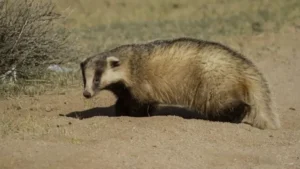
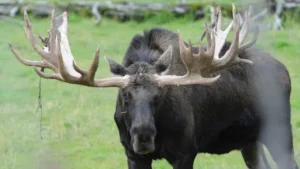
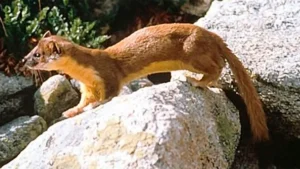

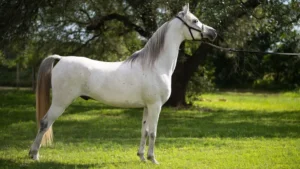
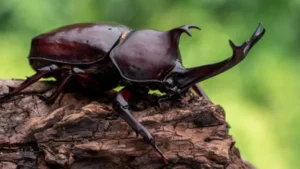


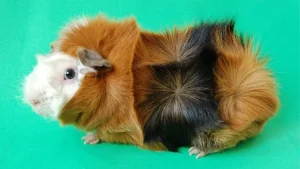


Leave your comment